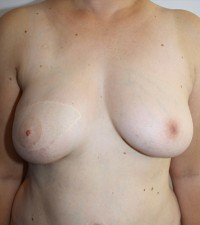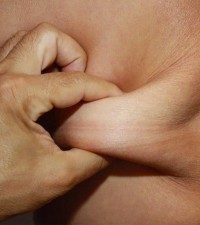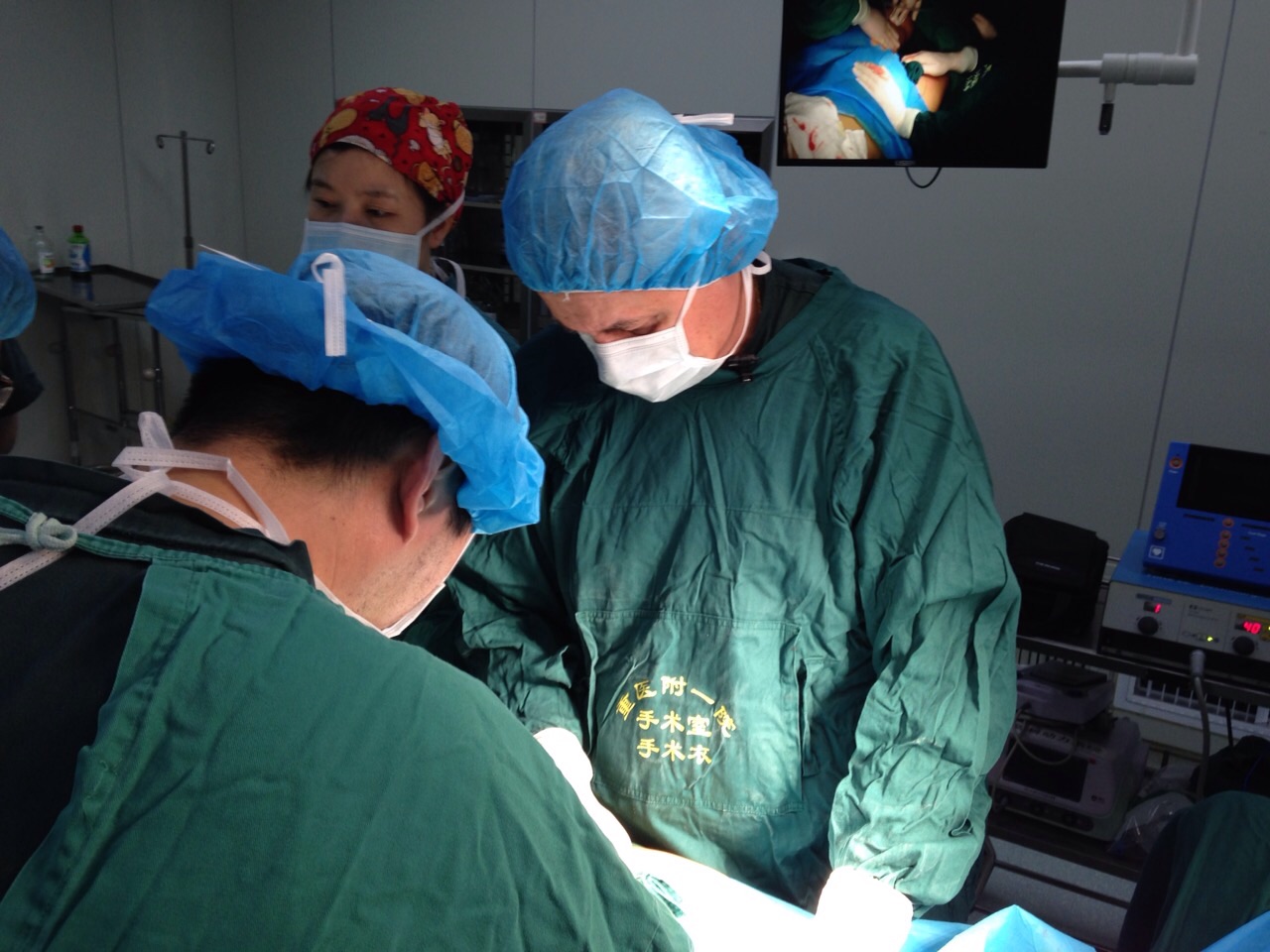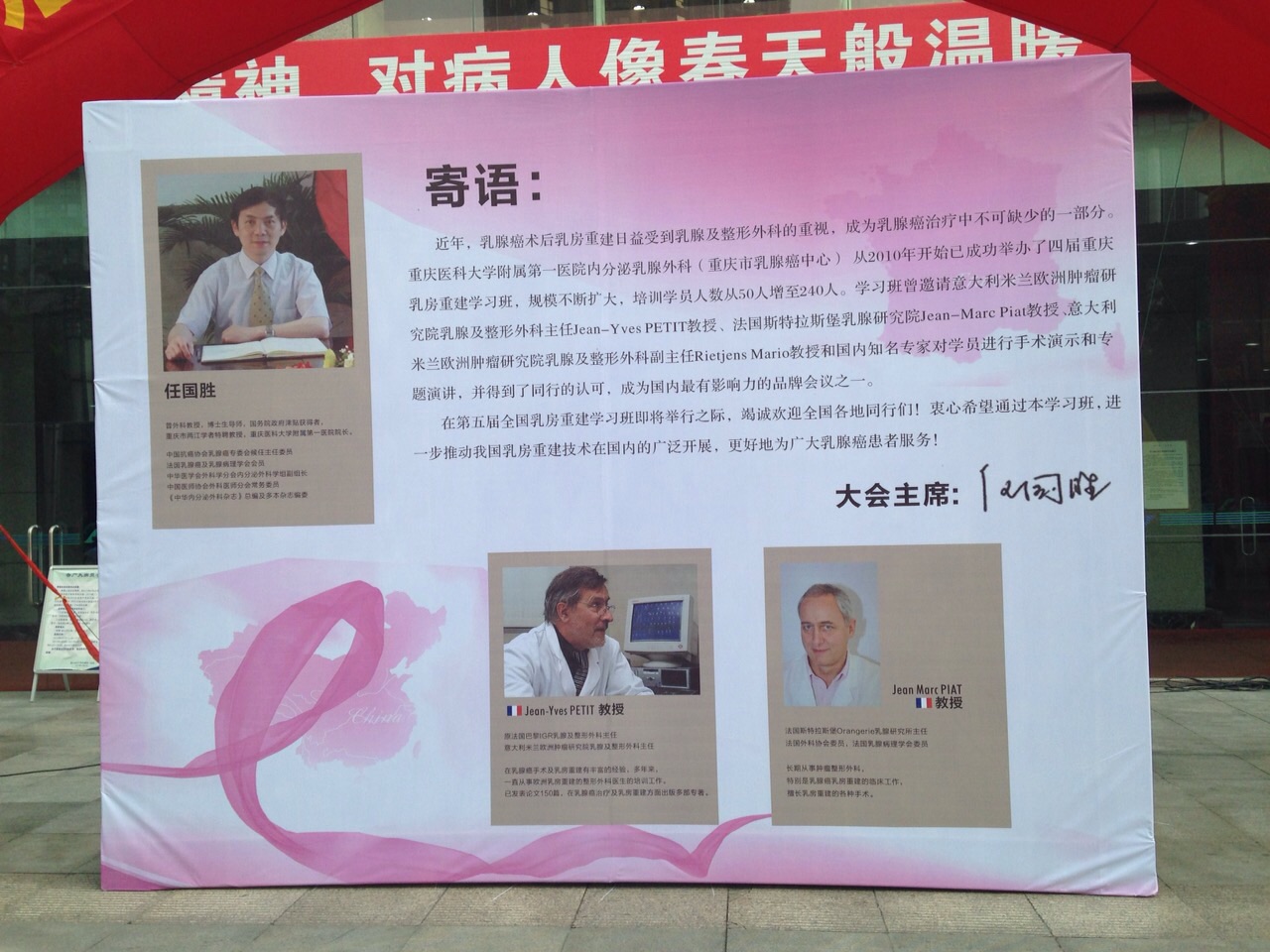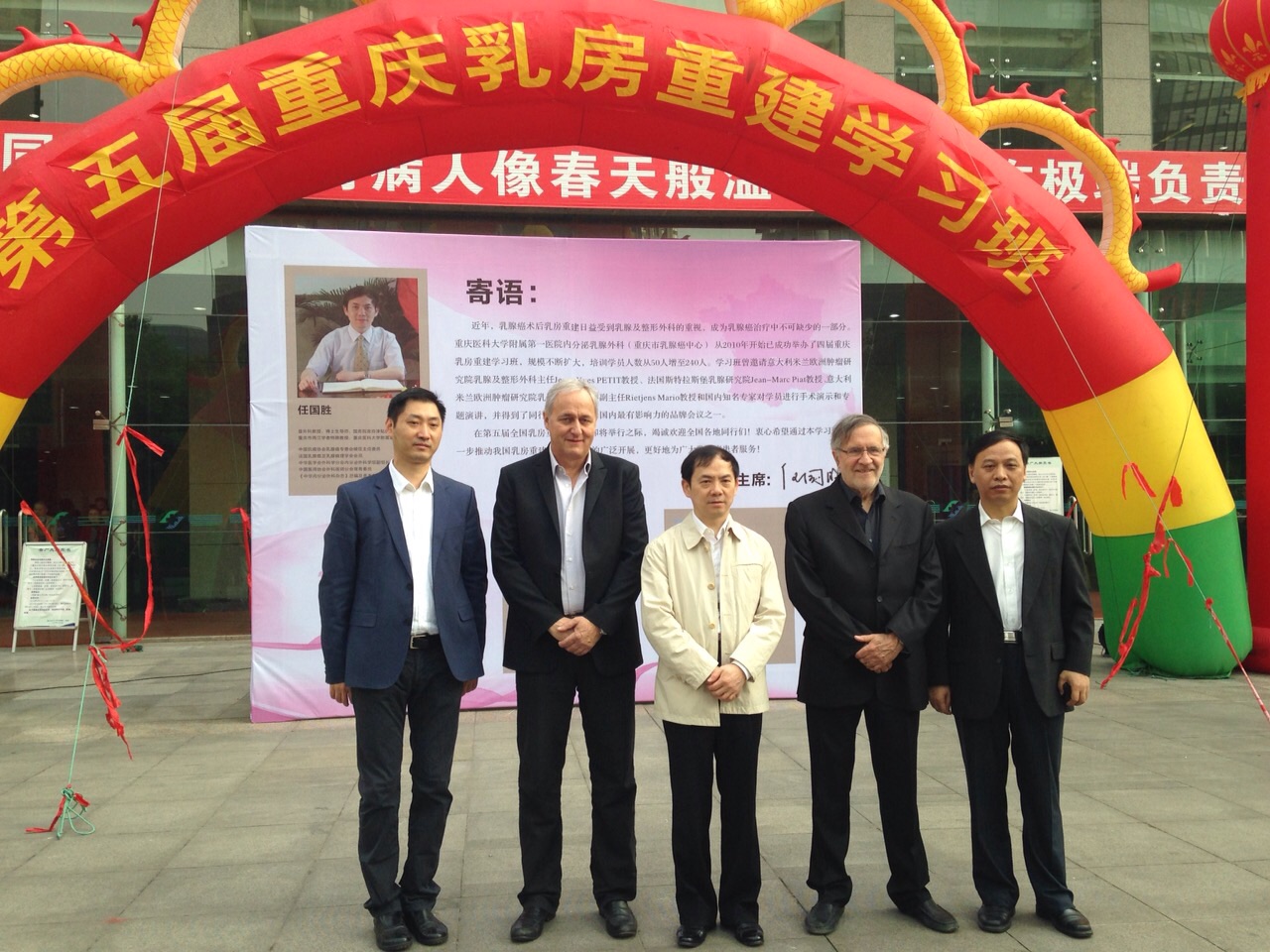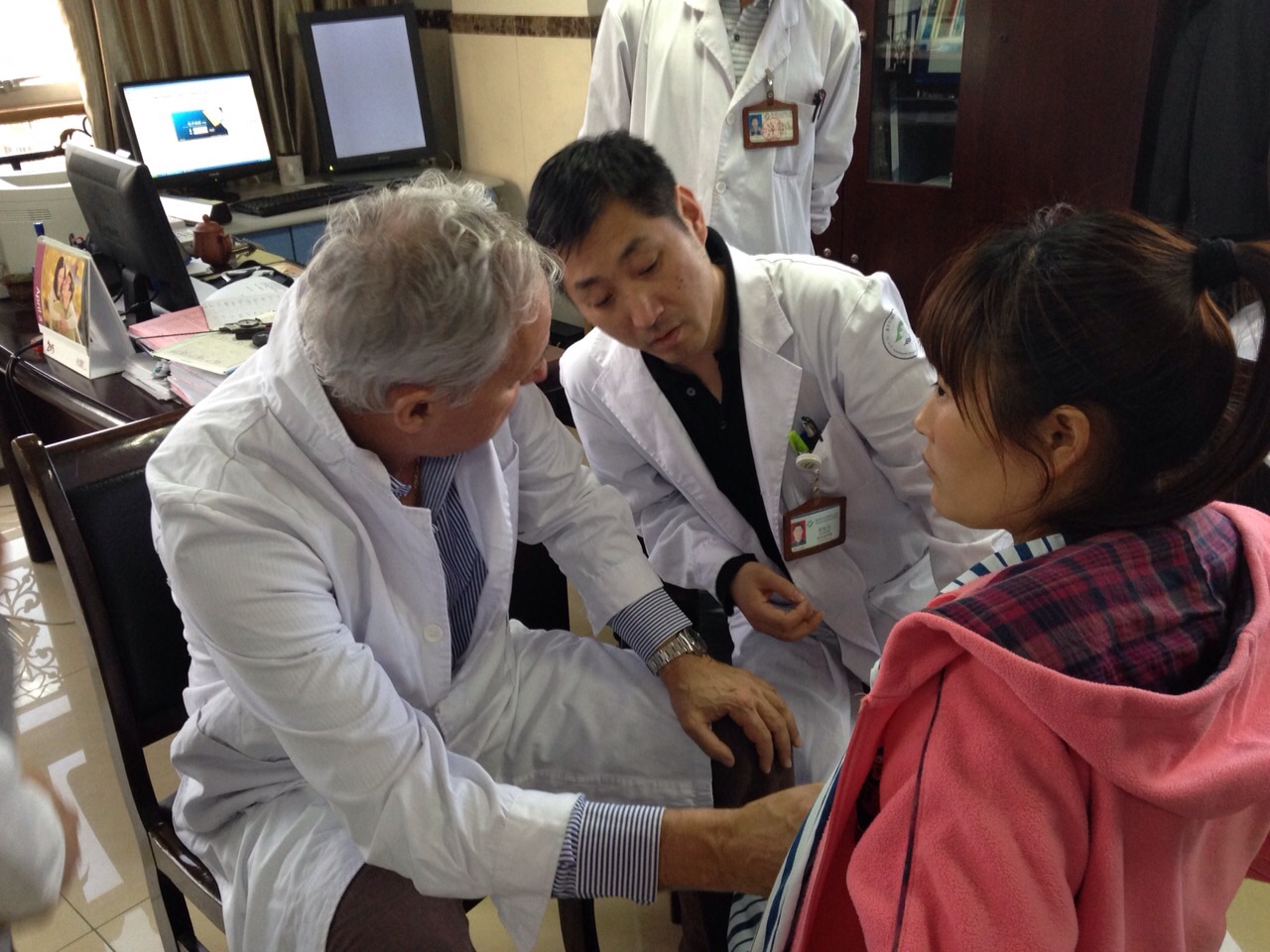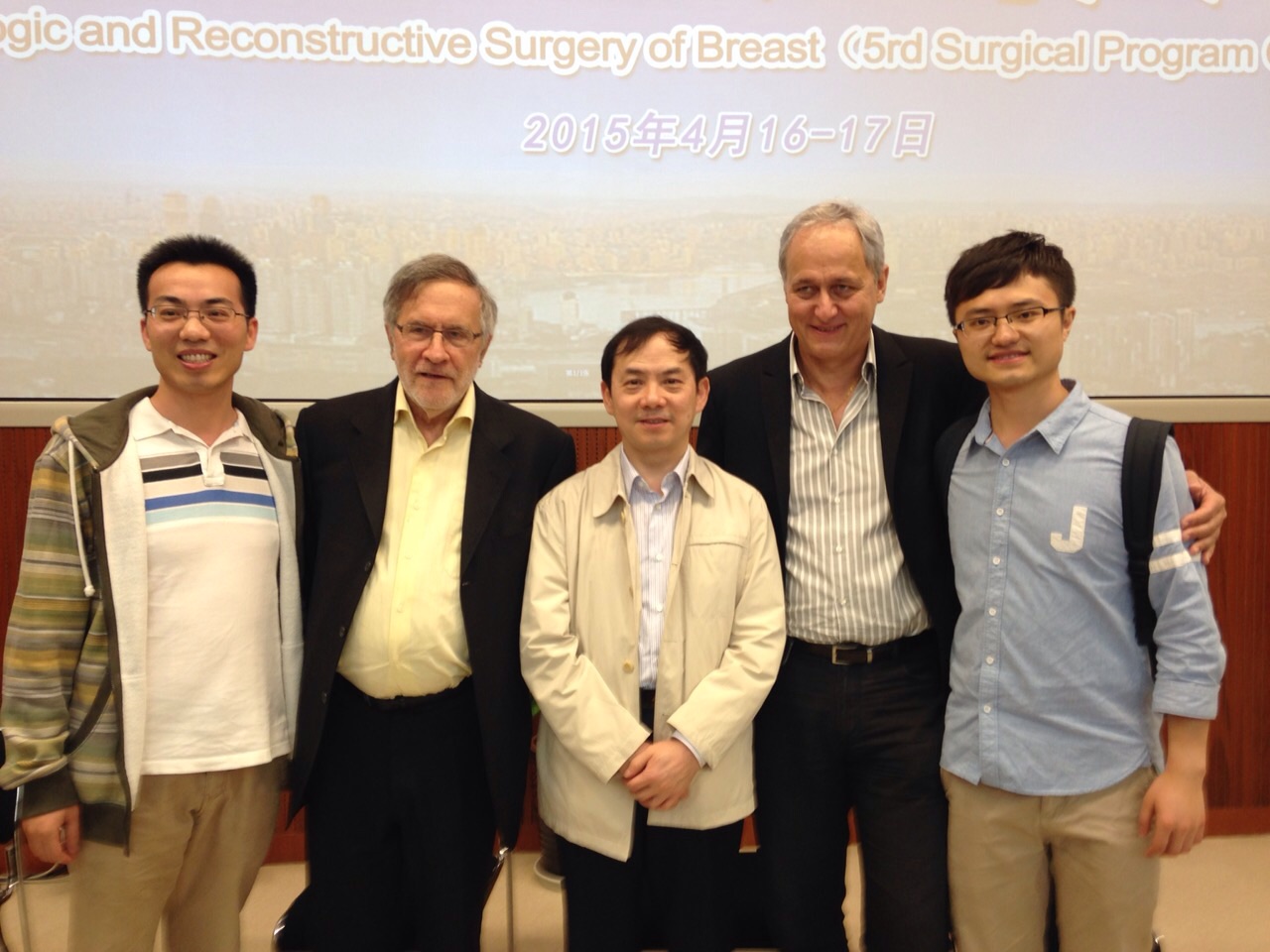Over the last 25 years, breast reconstruction techniques have evolved a lot. At the time, the goal was mainly to obtain a volume bringing comfort to the patient. Either with prosthesis, or using a flap (using a muscle that supplies blood to the fat and the skin flap attached to the muscle). It could be a dorsal flap with prosthesis or a rectus abdominal flap (called TRAM) without prosthesis.
Thanks to the technical developments and particularly the contribution of lipofilling (fat grafting), the results of reconstructions have improved significantly. The goal is now to get a better aspect (to achieve great symmetry with the opposite breast) and a better consistency (for a natural feel) of the reconstructed breast.
Some develop microsurgical reconstruction techniques that allow the use of the same skin and fat surplus as for a TRAM but without taking the rectus abdominal muscle (DIEP), or withdrawing other body parts (the inner thighs for instance). I do not offer them, because they require specific training and extensive practice of microsurgery to get good results. Moreover, in trained teams, the average loss rate for the flap is between 2 and 5% and 10% of partial necrosis; whereas over the last 100 TRAMs that I realized, I encountered no flap loss and a rate of partial necrosis of only 1%.
In my practice, two main tendencies exist currently:
– in 2/3 of cases, I realize reconstruction with prosthesis (usually carried out in two operations, first using an expander, then a prosthesis). This is a simple and fast reconstruction; however, it may require further operations in the years to come. Within 10 years to replace a leaking silicone prosthesis, or before in the event of a capsula contracture or an inconvenient asymmetry (which according to studies happens to 20% of patients after 2 years, and 50% after 5 years).
– in 1/3 of cases, I carry out a reconstruction with autologous flap (TRAM flap or dorsal flap) without prosthesis. This reconstruction is more challenging but natural and final as it remains stable over time, even if the patient goes through substantial weight variation. The TRAM flap, that I realize more often, enables reconstructions with more volume than dorsal flap.
Reconstruction with dorsal flap and prosthesis remains a possibility when the previous two options are not available (tissues too damaged for a reconstruction with prosthesis and not enough volume for an autologous flap).
I use lipofilling in almost every reconstruction:
- With prostheses to enhance the quality of tissues if the skin was irradiated (before the introduction of an expander or while changing prostheses) or to improve the reconstruction contours.
- With autologous flaps to improve their volume, or modify their shape through lipomodeling, combining if necessary the liposuction of one area and the lipofilling of another area of the reconstruction.
It is possible in some cases to carry out a reconstruction solely with fat (without using prosthesis or flap), associating it sometimes with the Brava technique (distending the tissues pre-operatively using a device that has a suction effect, thus creating an edema that will ease the fat injections). 3 to 4 sessions are necessary to obtain sufficient volume. Therefore, the patient needs enough fat to sample and the mastectomy’s tissues must not have suffered too much damage from radiotherapy. Dr Christophe Ho Quoc, an international reference for this technique, pratices it within our team.
Other Articles

 English
English
 Français
Français
 中文 (中国)
中文 (中国)
 Español
Español
 Português (BR)
Português (BR)
